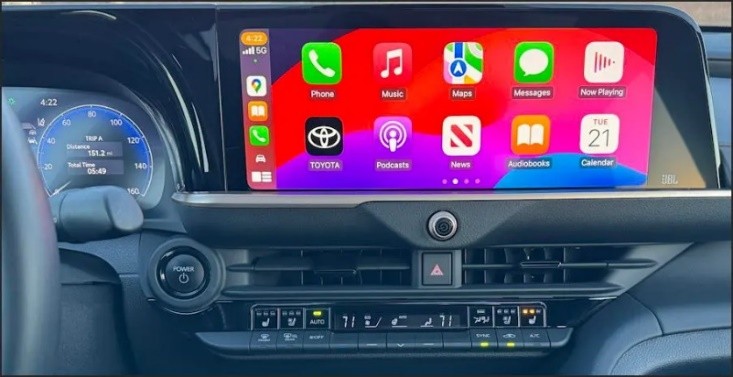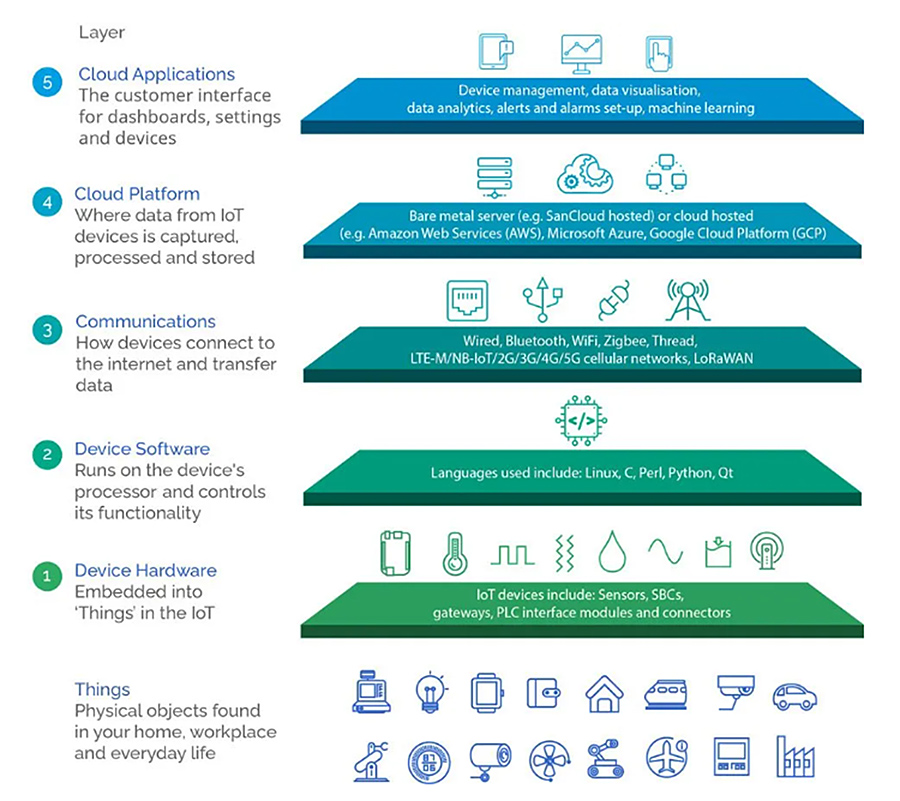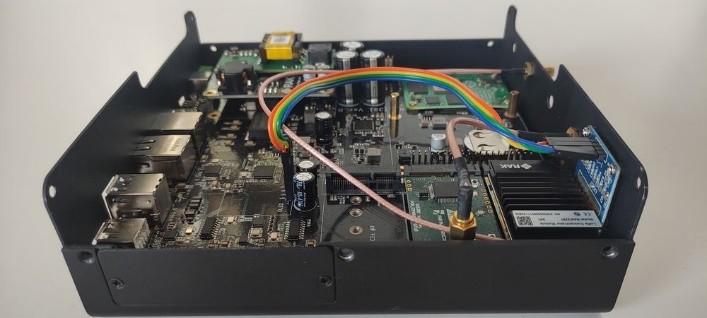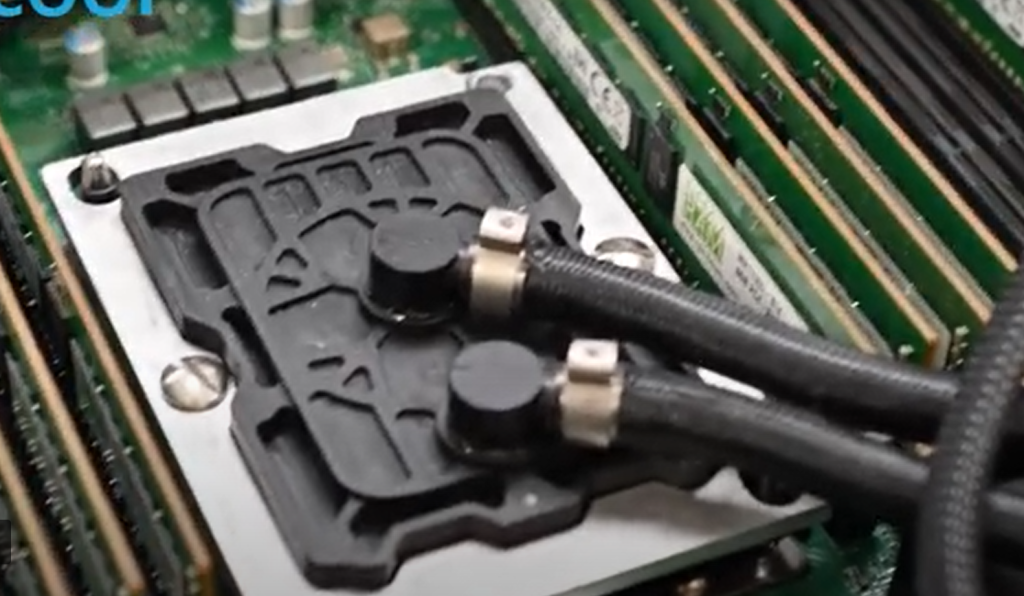Cold plates have been used for thermal management since the Apollo moon missions in the 1960s. Today, they serve a critical role in cooling high-performance electronics across many industries.

Power electronic devices generate significant heat, and if their chips exceed safe temperature limits, system reliability and longevity are compromised. Effective thermal management is essential, as lowering a chip’s junction temperature by just 10°C can double its operational life.
Cold plates offer highly efficient, localized cooling by transferring heat from hot components—such as power semiconductors—into a liquid coolant flowing through the plate. The heated liquid then moves to a remote heat exchanger, where it cools before recirculating back to the cold plate.
Compared to forced-air cooling, cold plates deliver superior thermal performance. They are typically smaller, quieter, and lighter than fan-based systems, making them an attractive solution in compact or noise-sensitive environments.
Most cold plates consist of thin-walled aluminum or copper blocks with internal channels or tubing for coolant flow. As liquid moves through the plate, it absorbs heat from the attached components and carries it away for external dissipation. Modern designs often use mini-channels instead of traditional tubing. These intricate internal pathways maximize surface contact with the coolant, improving heat transfer and cooling efficiency.

More advanced cold plates feature mini-channels in place of tubing. These designs can better match applications and more efficiently transfer heat into the coolant.

Tubed Cold Plates Cool Hot Electronics
Embedded tube designs are the simplest cold plates. They feature a stainless steel or copper tube coiled and set into grooves inside a metal base plate. The tubes can be routed in different pathways to optimize thermal transfer performance. The flowing coolant moves heat from the component, away from the cold plate and over to a heat exchanger where it is cooled before being pumped back to the plate.

These tubed cold plates are cost-effective solutions for low- to moderate-power applications and are ideal for use in automotive, instrumentation, and UPS systems. ATS offers models ranging from 57–914 mm in length and 57–198 mm in width, with push-to-connect fittings for easy installation.
A variation of this design features thermally conductive epoxy completely covering the tubing and flush with the plate’s surface. This not only improves thermal contact but also provides environmental protection by sealing the tube within the plate.

Custom Cold Plates Provide Best Cooling Solutions
For more demanding applications—such as cooling BGAs, LEDs, or high-power modules—custom cold plates offer the best performance. These can include embedded tubing or submerged internal fins, which increase surface area and create turbulence to enhance heat transfer.

One example uses tightly spaced aluminum pin fins to generate turbulence with minimal pressure drop, achieving high thermal performance while keeping the plate compact. Another design incorporates internal turbulators tailored for IGBT modules, further improving coolant flow and heat dissipation.
ATS designs and manufactures custom cold plates in collaboration with customers or based on in-house thermal analysis. These designs can include complex internal geometries such as microchannels or gyroid lattices, like the 3D-printed cold plate created for race car IGBT cooling—an approach that improves flow guidance while reducing weight.


ATS constructs cold plates to customer designs and those developed in partnership with our own thermal engineers. ATS coolant-based cold plates can include internal tubing and microchannels in closed loop systems.

Dual-sided high-flow cold plates provide equal cooling performance for components mounted on both sides of the plate, increasing efficiency, space savings and economy. The cold plates can be used with coolant flow rates up to 4 gal/min, and provide thermal resistance as low as 0.0021°C/W. [5]

DIY Cold Plates Optimize Component Cooling
ATS also offers DIY (do it yourself) cold plates with modular dimensions and pre-defined drill zones. Engineers can customize mounting locations to match specific components. Once the ideal configuration is determined, ATS can mass-produce the cold plate to match exact specifications.

The Complete Liquid Cooling Loop
Cold plates are just one part of a complete liquid cooling system. As electronics demand more efficient cooling, liquid-based systems are increasingly replacing air-based solutions. A functional loop includes a pump, reservoir, and heat exchanger to remove heat from the circulating fluid.

These systems are becoming more cost-effective and safer, making liquid cooling viable for a broader range of applications. Cold plates serve as a critical stage in these loops, offering simplicity, versatility, and high thermal performance.
Plug and Play Liquid Loops
For streamlined implementation, ATS offers the Industrial Cooling Distribution Module™ (iCDM™)—a fully integrated liquid cooling loop in one compact, portable unit. It includes the pump, heat exchanger, reservoir, precision controls, and monitoring displays, eliminating the need to purchase and configure components separately.

The iCDM connects directly to cold plates or chassis-based cooling systems. It supports models with cooling capacities of 10 kW and 20 kW, each holding up to 2 liters of coolant. The system is compatible with a wide range of wetted materials, allowing flexible deployment across industries. A next-generation iCDM, available soon, is fully automated, with significantly increased cooling capacities up to 1.4MW.
Conclusion
Cold plates can provide essential electronics cooling because of their design versatility and the power of liquid cooling. AI chip cooling cold plates will soon be available for this growing and demanding arena.
ATS engineers are experts in matching thermal solutions to system needs, offering a wide portfolio that includes cold plates, vapor chambers, coolant chillers, and complete liquid loop systems. Whether liquid cooling is the best solution depends on the specific application, and ATS provides detailed analysis to help customers make informed decisions.
References
- Wakefield Thermal, http://www.wakefield-vette.com/products/liquid-cooling/liquid-cold-plates/standard-liquid-cold-plates.aspx
- Baknor, https://www.baknorthermal.com/liquid-cold-plates-various-channel-options/
- COOLTECH, http://www.cooltech.it/products/liquid-cold-plates/
- Boyd Corp., https://www.boydcorp.com/thermal/liquid-cooling-systems/liquid-cold-plates.html
- ATS, https://www.qats.com/Products/Liquid-Cooling/Dual-Sided-Cold-Plates
- nTop, https://www.ntop.com/resources/case-studies/cold-plate-automotive-power-electronics/
- ThermOmegaTech, https://www.tot-ad.com/avionics-cooling/


























